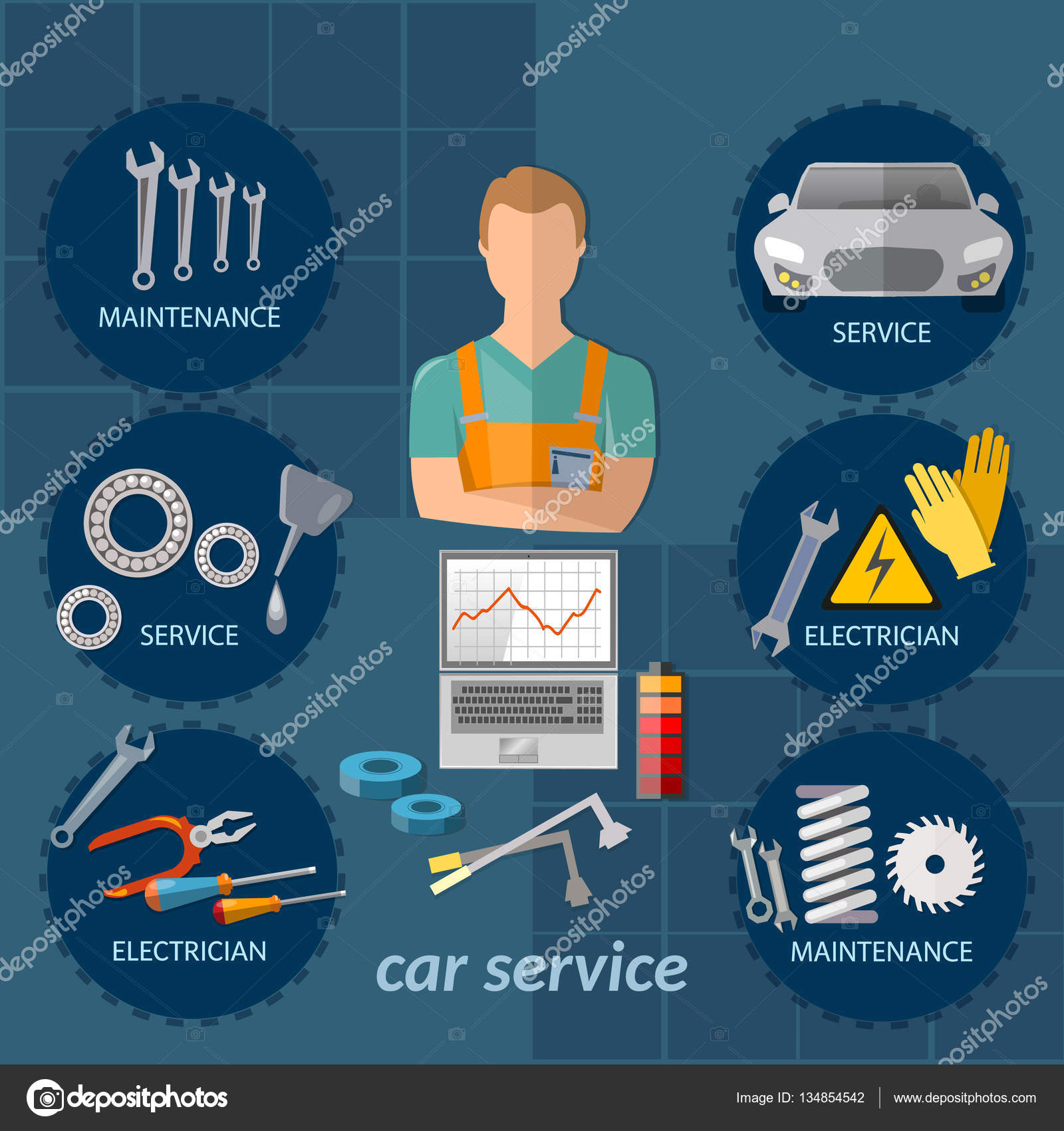Seeking Quality On The Caution Lights Displayed On Your Cars And Truck'S Dashboard? Figure Out How They Associate With Your Vehicle'S Health And Wellness
Seeking Quality On The Caution Lights Displayed On Your Cars And Truck'S Dashboard? Figure Out How They Associate With Your Vehicle'S Health And Wellness
Blog Article
why not find out more By-Higgins Shepherd
When you're behind the wheel, those glowing caution lights on your dashboard can be a bit perplexing. Do you understand what they're attempting to tell you concerning your vehicle's wellness? Comprehending the importance of these lights is important for your safety and security and the durability of your car. So, the next time among those lights pops up, wouldn't you intend to decode its message accurately and take the required actions to address it?
Common Caution Lights and Interpretations
Determine common warning lights in your cars and truck and recognize their significances to ensure secure driving.
One of the most common warning lights consist of the check engine light, which signals issues with the engine or exhausts system. If this light comes on, it's crucial to have your automobile examined quickly.
clicking here warning light suggests low oil pressure, calling for instant attention to stop engine damages.
A flashing battery light may suggest a malfunctioning billing system, possibly leaving you stranded if not attended to.
The tire pressure surveillance system (TPMS) light informs you to low tire stress, influencing car stability and gas efficiency. Overlooking this might lead to harmful driving problems.
The abdominal muscle light indicates a problem with the anti-lock stopping system, endangering your ability to stop swiftly in emergency situations.
Last but not least, the coolant temperature level cautioning light warns of engine overheating, which can result in serious damages otherwise solved swiftly.
Understanding these usual warning lights will aid you address concerns promptly and keep risk-free driving problems.
Importance of Prompt Focus
Understanding the typical warning lights in your cars and truck is just the primary step; the relevance of quickly addressing these cautions can't be highlighted sufficient to ensure your safety when traveling.
When https://quick-oil-change-near-me17384.actoblog.com/30538335/the-ultimate-newbie-s-guide-to-outlining-your-automobile-in-simply-one-hour illuminates on your dashboard, it's your cars and truck's way of communicating a potential issue that needs focus. Overlooking these warnings can lead to much more extreme problems down the road, jeopardizing your safety and possibly costing you more in repairs.
https://www.moneytalksnews.com/slideshows/9-tips-for-finding-a-job-after-age-50/ to cautioning lights can prevent failures and accidents. As an example, a blinking check engine light might suggest a misfire that, if left neglected, might cause damage to the catalytic converter. Resolving this promptly can save you from a pricey repair service.
In a similar way, a brake system alerting light might signify reduced brake liquid or worn brake pads, important components for your safety when driving.
DIY Troubleshooting Tips
If you notice a warning light on your control panel, there are a few DIY fixing ideas you can attempt prior to looking for professional help.
The very first step is to consult your automobile's guidebook to comprehend what the certain caution light suggests. Sometimes the problem can be as straightforward as a loose gas cap activating the check engine light. Tightening up the gas cap may resolve the issue.
An additional usual problem is a low battery, which can cause various alerting lights. Checking the battery connections for corrosion and guaranteeing they're safe could take care of the problem.
If a caution light continues, you can try resetting it by detaching the automobile's battery for a few minutes and then reconnecting it. Furthermore, checking your vehicle's fluid degrees, such as oil, coolant, and brake fluid, can help troubleshoot cautioning lights associated with these systems.
Final thought
In conclusion, understanding your cars and truck's caution lights is necessary for keeping your automobile running efficiently and safely. By promptly addressing these notifies and recognizing what they indicate, you can stay clear of costly repair work and possible break downs.
Remember to consult your auto's guidebook for particular information on each warning light and act as necessary to guarantee a trouble-free driving experience.
Keep informed, remain risk-free on the road!
